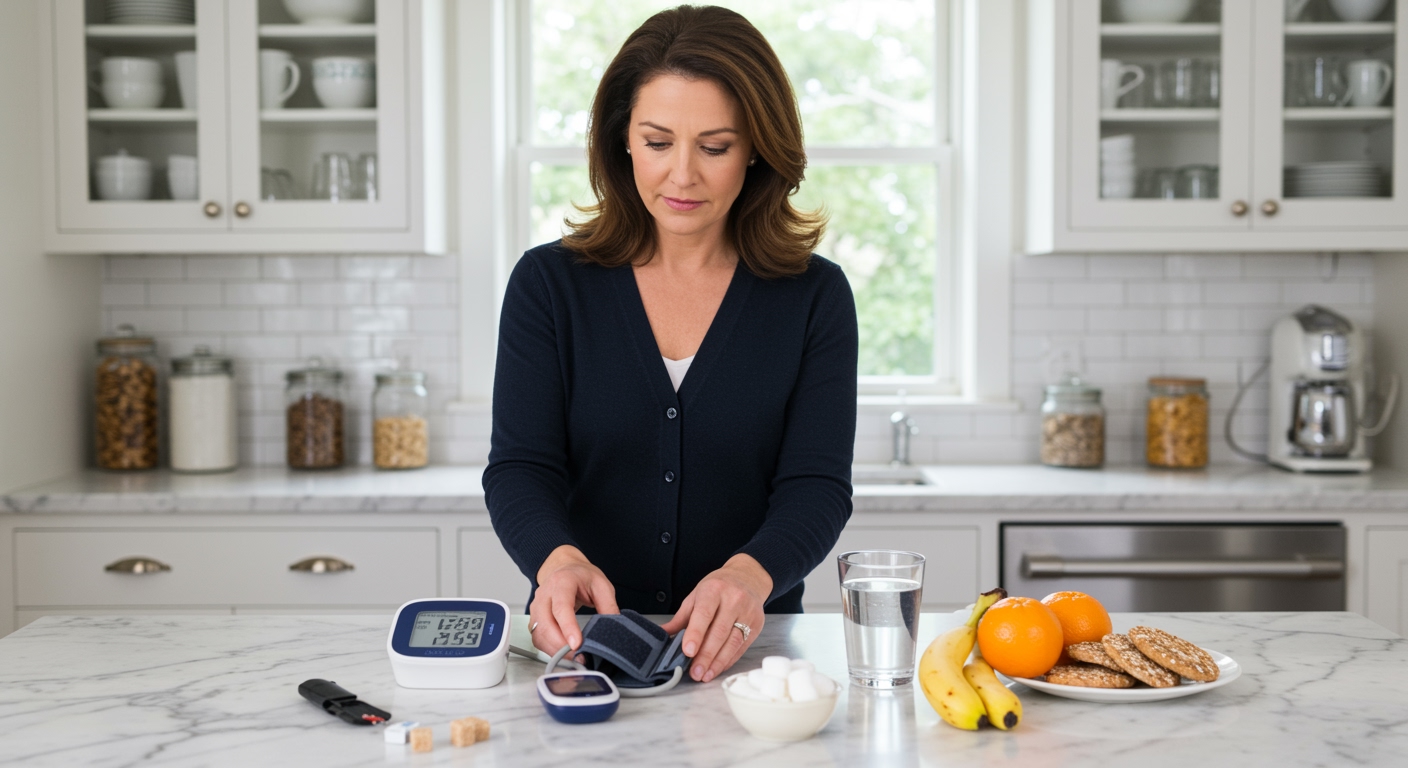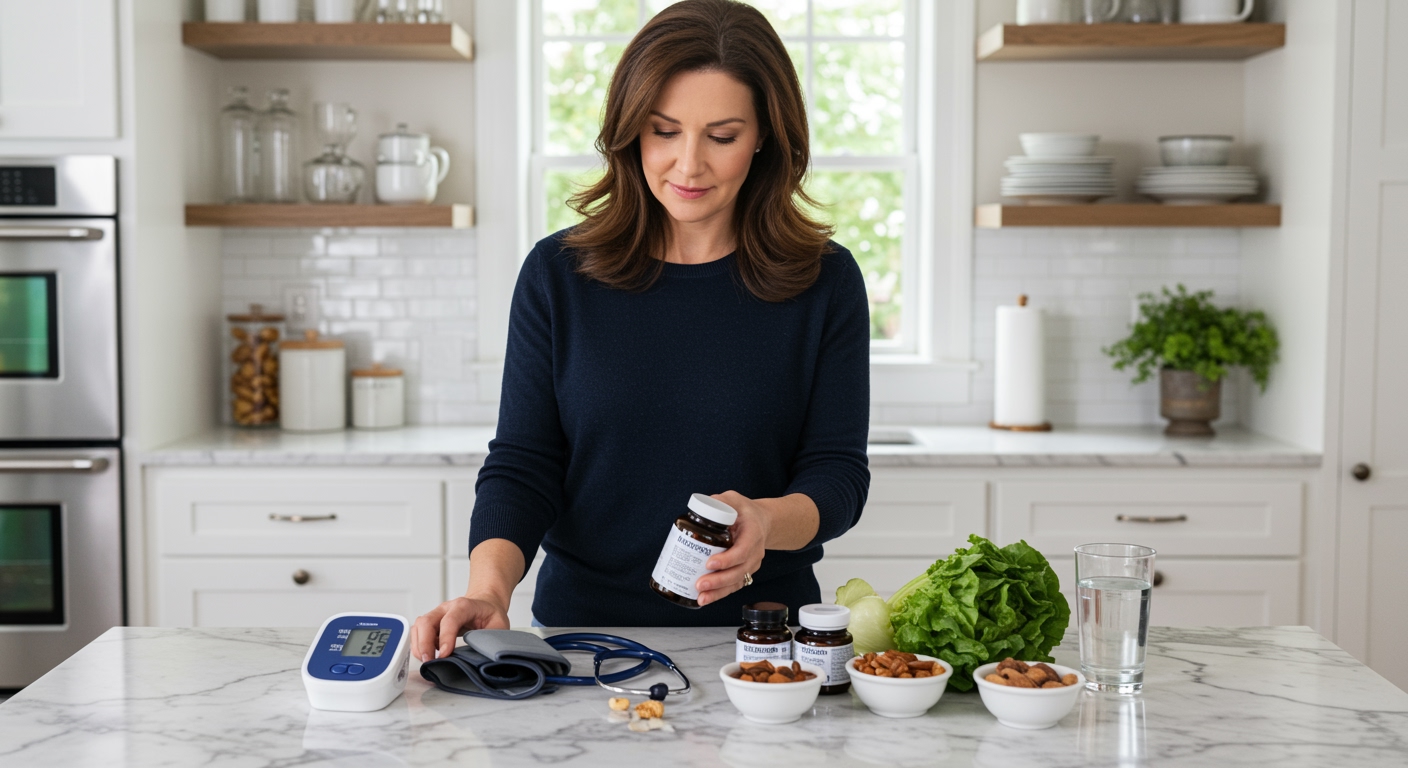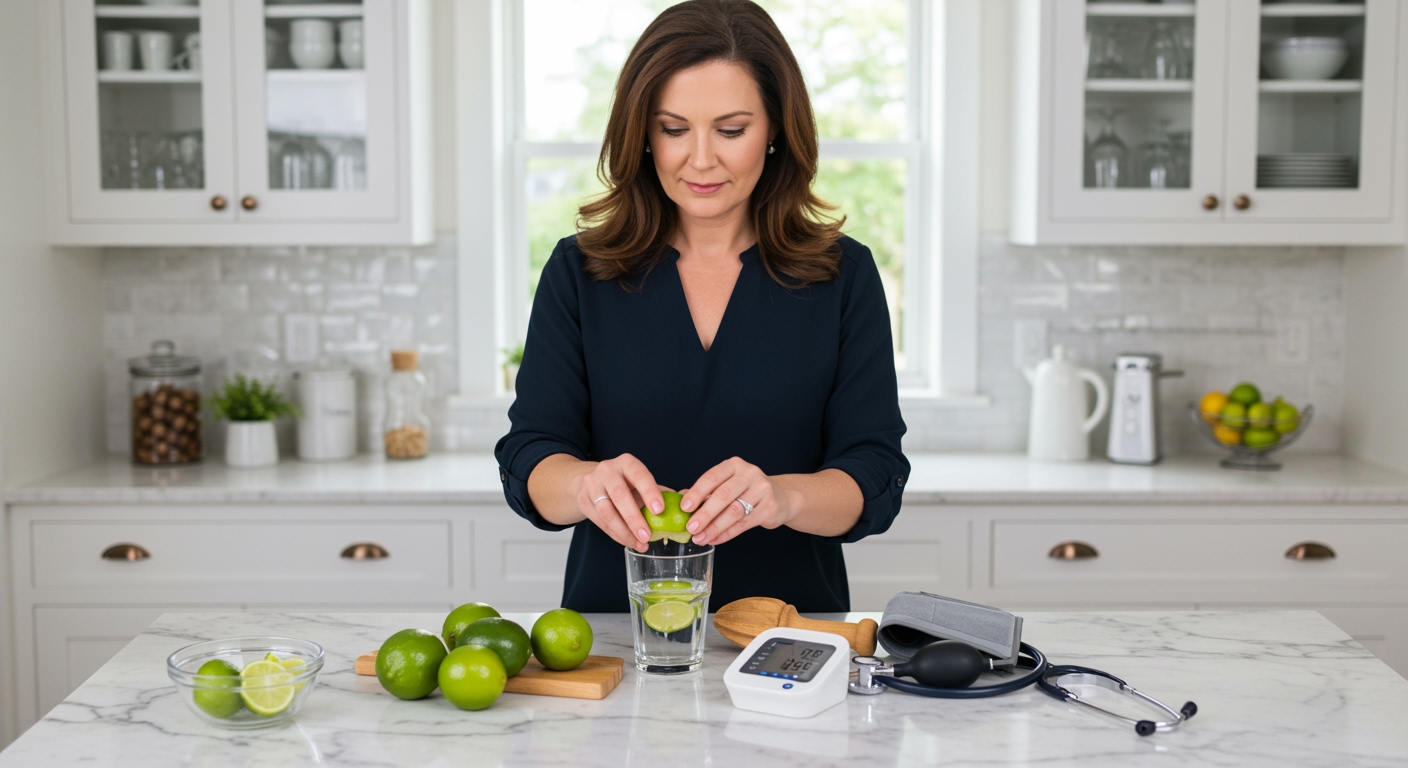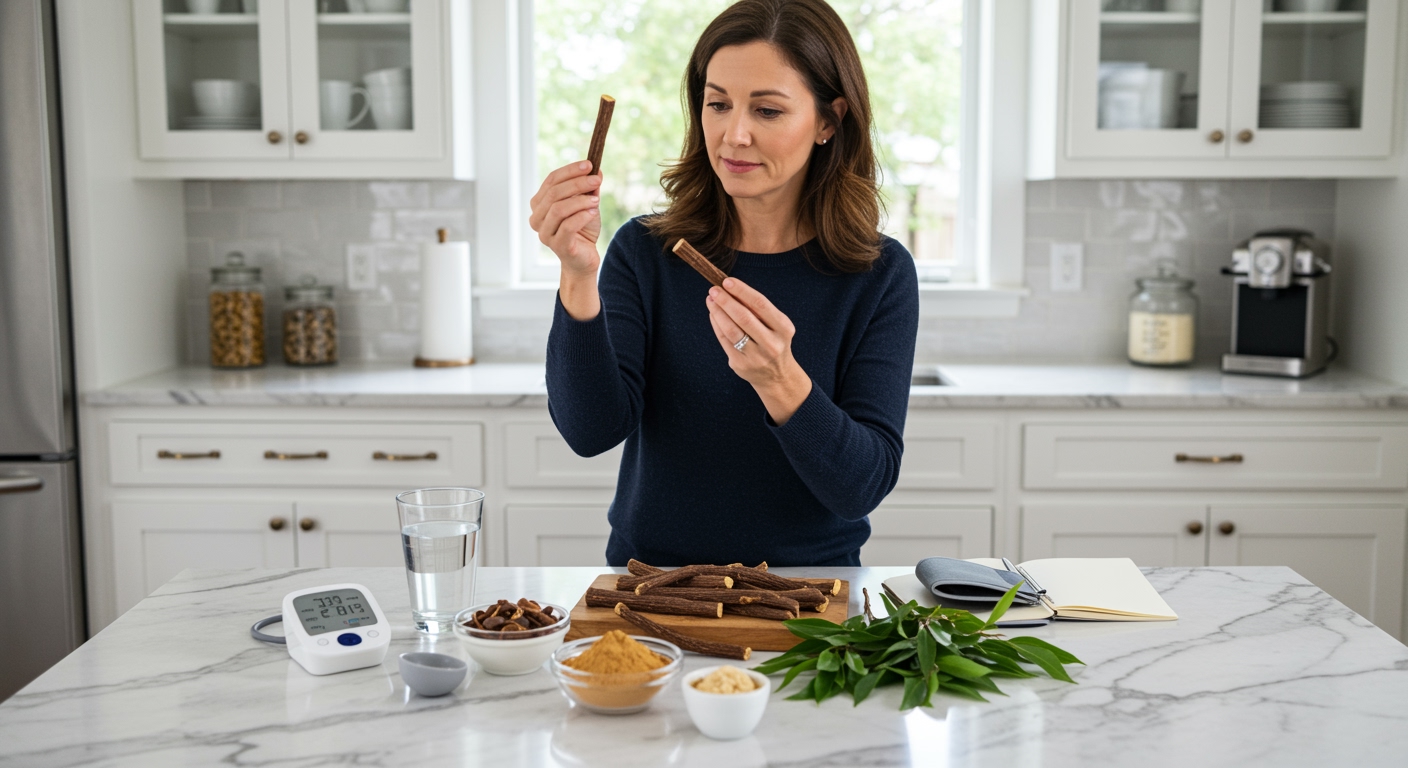✪ Key Takeaway: Glucose can temporarily raise blood pressure but is not a reliable or safe treatment for chronic low blood pressure.
Introduction
You feel dizzy and someone hands you a glass of sugar water claiming it will fix your low blood pressure instantly.
This common home remedy has been passed down through generations, but you might be wondering if there is any real science behind this practice.
Hi, I am Abdur, your nutrition coach and today I am going to explain the complex relationship between glucose and blood pressure, revealing what actually works for managing hypotension.
How Does Glucose Actually Affect Blood Pressure?
When you consume glucose, your body experiences a cascade of physiological changes that can influence blood pressure in multiple ways.
Your pancreas releases insulin to help cells absorb the glucose from your bloodstream.
This insulin response triggers your sympathetic nervous system, which can cause a temporary increase in heart rate and blood pressure.
Research shows that glucose consumption can raise systolic blood pressure by 10-15 mmHg within 30-60 minutes in some individuals.
However, this effect is short-lived and typically returns to baseline within 2-3 hours.
The mechanism involves increased sodium retention and enhanced vascular reactivity, but these changes are not sustainable or healthy for long-term blood pressure management.
✪ Fact: Glucose can raise blood pressure temporarily but may cause dangerous spikes in people with diabetes or insulin resistance.
Why Do People Think Glucose Helps Low Blood Pressure?
The confusion between low blood sugar and low blood pressure has created this widespread misconception.
When someone feels dizzy, weak, or lightheaded, these symptoms can occur with both hypoglycemia (low blood sugar) and hypotension (low blood pressure).
People often assume that since glucose helps with low blood sugar symptoms, it must also help with low blood pressure symptoms.
Additionally, the temporary blood pressure increase that glucose can cause might make someone feel more alert and energetic for a short period.
This temporary improvement in symptoms reinforces the belief that glucose is an effective remedy.
However, this approach addresses neither the root cause of low blood pressure nor provides a sustainable solution.
✪ Note: Similar symptoms between low blood sugar and low blood pressure often lead to incorrect self-treatment attempts.
What Are The Risks Of Using Glucose For Low Blood Pressure?
Using glucose as a remedy for low blood pressure can create several serious health risks that most people do not consider.
Frequent glucose consumption can lead to blood sugar spikes and crashes, potentially developing insulin resistance over time.
People with diabetes or prediabetes face particularly dangerous consequences from this practice.
The temporary nature of glucose effects means you might need to consume it repeatedly throughout the day, leading to excessive calorie intake and potential weight gain.
Weight gain can actually worsen some underlying causes of low blood pressure, creating a counterproductive cycle.
Moreover, relying on glucose prevents you from identifying and addressing the real causes of your low blood pressure, which might include dehydration, medication side effects, or underlying medical conditions.
This delay in proper treatment can allow potentially serious conditions to progress unchecked.
✪ Pro Tip: Always consult a healthcare provider to identify the underlying cause of persistent low blood pressure rather than self-treating with glucose.
What Actually Works For Low Blood Pressure?
Effective management of low blood pressure requires addressing the underlying causes rather than seeking quick fixes.
Proper hydration stands as the most important factor, as even mild dehydration can significantly lower blood pressure.
Increasing your salt intake moderately can help retain fluid and raise blood pressure, but this should be done under medical supervision.
Wearing compression stockings helps prevent blood from pooling in your legs, improving circulation and maintaining blood pressure.
Regular physical activity, particularly exercises that strengthen your cardiovascular system, can improve your body natural blood pressure regulation.
Eating smaller, more frequent meals prevents the blood pressure drops that can occur after large meals.
If lifestyle changes do not help, your doctor might prescribe medications like fludrocortisone or midodrine that are specifically designed to raise blood pressure safely.
✪ Fact: Staying properly hydrated is more effective for managing low blood pressure than consuming glucose or sugar.
The Bottom Line
Glucose is not an effective or safe treatment for low blood pressure despite its temporary effects on blood pressure readings.
Real health solutions require understanding root causes, not chasing quick fixes that create more problems than they solve.
I would love to hear about your experiences with blood pressure management or any questions you might have about this topic in the comments below.
References
At NutritionCrown, we use quality and credible sources to ensure our content is accurate and trustworthy. Below are the sources referenced in creating this article:





